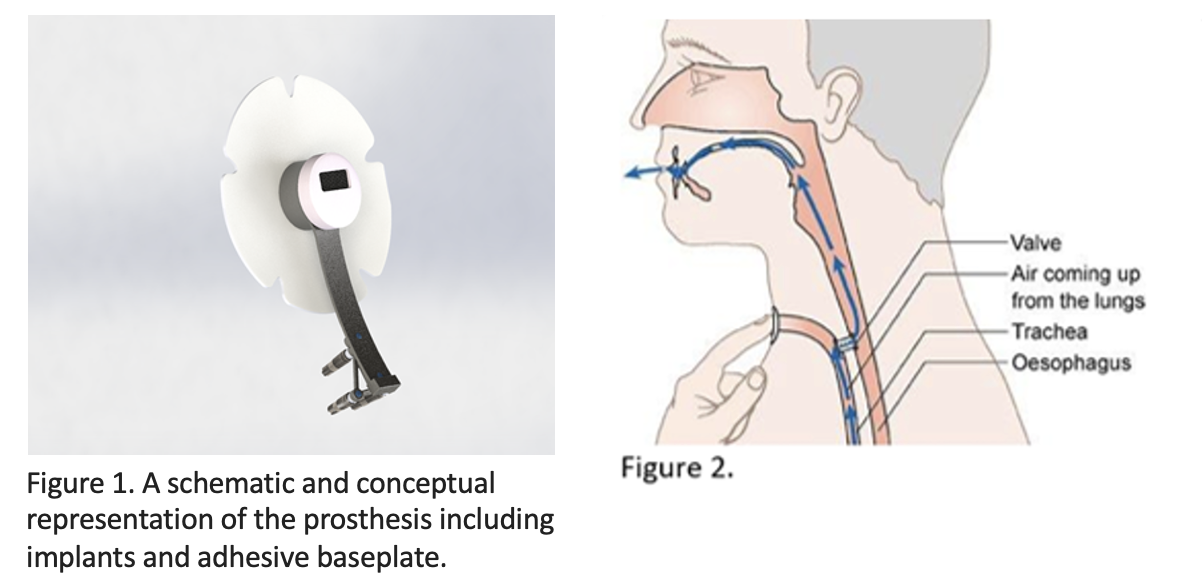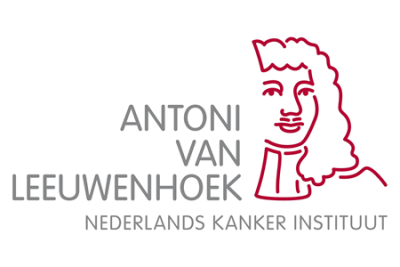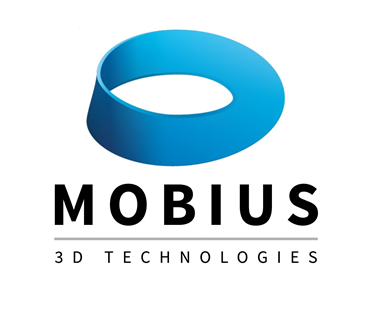An implant-based sternal fixation system (SFS-FreeVoice) to facilitate hands-free speech in laryngectomised patients
The goal of this project is to enable hands-free speech for patients who have had their voice box removed due to cancer (laryngectomy). To achieve this, they have joined with Health-Holland, who have enabled them to perform research into the topic. After laryngectomy, patients breathe through an opening in the front of the neck, or tracheostoma. To enable this, an automatic stoma valve (ASV) and adhesive base plate (figure 1) are commonly used. The ASV closes automatically when people speak, so that air travels not from the lungs through the opening in the neck, but to the mouth through a puncture between the esophagus and windpipe. The ASV closes when patients ‘raise their voice’ and create a certain amount of air pressure.
Current methods, such as the ASV, facilitate hands-free speech for only 20% of patients, due to several reasons. The ASV exerts more stress during speech than manually closed valves, whereas the finger gives natural backpressure to counter the force to speak (figure 2).
The unstable fixation and high pressure needed for speaking causes the ASV to dislodge, which is a major disadvantage and emphasises the patient’s disability (figure 3).
Furthermore, removal of the adhesive base plate causes skin irritation and is painful. Thus, to facilitate hands-free speech for a majority of patients, a novel fixation method is needed to provide a stable and airtight situation. Additionally, societal benefits are expected due to reduction in the use of disposables, as well as due to increased job market participation of patients who formerly performed manual labor.
This project is divided into four parts: 1) development of an implant protocol for the breastbone through analysis of specimens; 2) testing in a finite element analysis; 3) cadaveric testing of implant protocol and fixation system; 4) clinical evaluation. Figure 4 shows a depiction of their concept.



